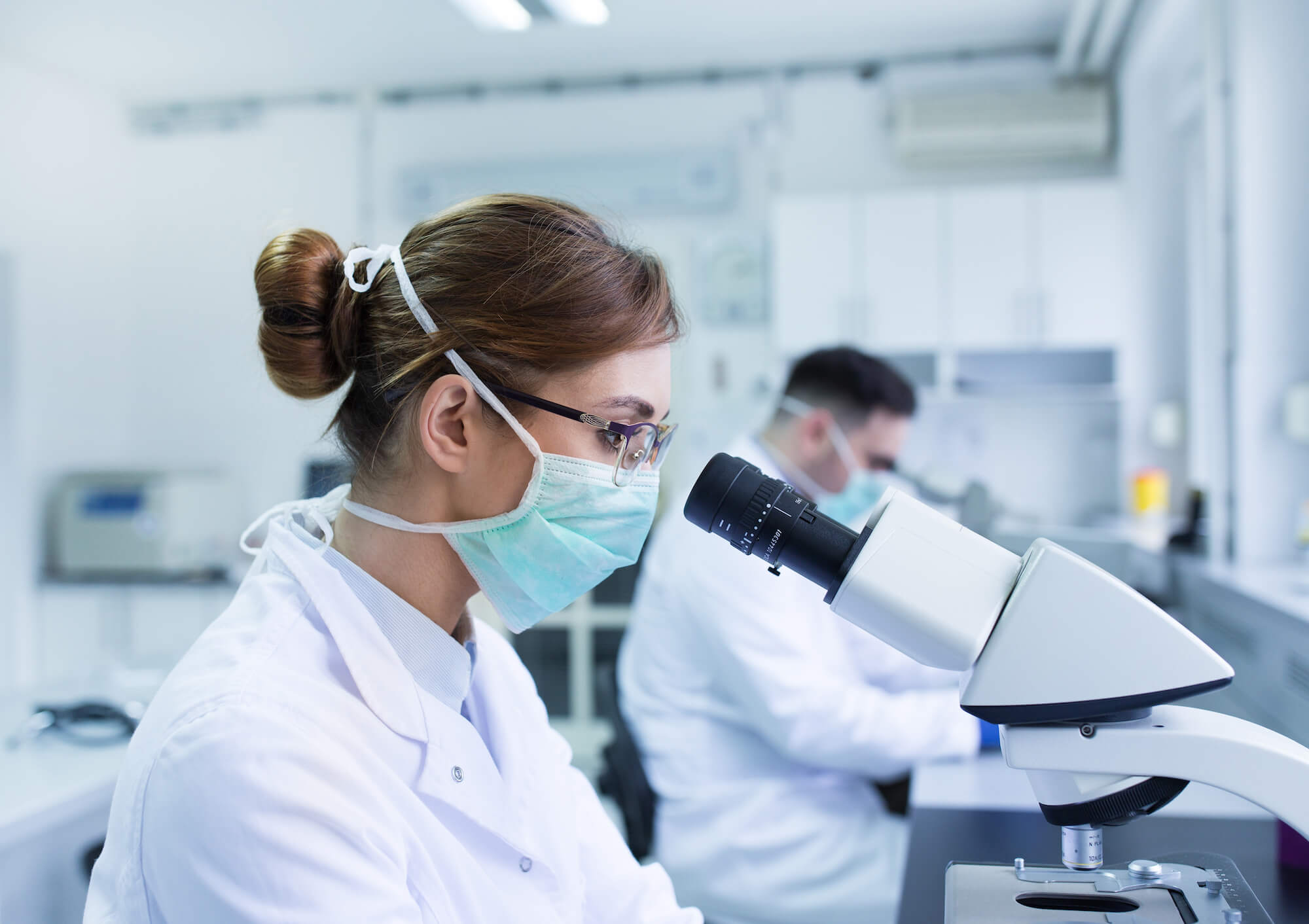Efficient equipment calibration is crucial in chemical processing industries to maintain accuracy, reliability and quality control. Laboratory Information Management Systems (LIMS) play a vital role in ensuring the streamlined calibration process, enhancing productivity and maintaining regulatory compliance. By integrating LIMS into the calibration workflow, chemical processing facilities can significantly improve operational efficiency and reduce the risk of errors. LIMS offers a centralized platform for managing calibration schedules, procedures and records. With LIMS, technicians can easily schedule calibration tasks for each piece of equipment and receive automated notifications when calibrations are due. This proactive approach helps prevent delays or oversights in the calibration process, ensuring that equipment remains within acceptable operating parameters. By eliminating the need for manual tracking and documentation, LIMS reduces administrative burden and minimizes the risk of human errors that can occur with paper-based systems.

Another key advantage of using LIMS in equipment calibration is the ability to store and access calibration procedures and standards electronically. LIMS provides a secure and easily accessible repository for calibration protocols, ensuring that technicians have up-to-date and standardized instructions for each calibration task. This standardized approach minimizes variations in calibration processes and ensures consistent results across different equipment and operators. Furthermore, LIMS can integrate with external databases and vendor specifications, allowing for automatic retrieval of calibration standards and reducing the likelihood of using outdated or incorrect procedures and use this link https://atlab.com/industries/chemical-lims/. During the calibration process, LIMS enables real-time data capture and analysis, improving the accuracy and reliability of calibration results. Technicians can directly enter measurement readings into the LIMS interface, eliminating the need for manual transcription and reducing the chances of data entry errors. LIMS can also perform automated calculations, statistical analysis and trend monitoring, providing instant feedback on the quality and stability of the calibration process. In case of any deviations or out-of-tolerance conditions, LIMS can generate alerts and initiate corrective actions, ensuring that equipment is promptly adjusted or repaired to maintain optimal performance.
Furthermore, LIMS enhances traceability and regulatory compliance in equipment calibration. It records and stores comprehensive audit trails, documenting every step of the calibration process, including date, time, technician and measurement values. This detailed traceability ensures transparency and accountability, facilitating regulatory inspections and audits. LIMS can also generate comprehensive reports and certificates of calibration, which can be easily shared with stakeholders, regulatory bodies or customers, demonstrating adherence to industry standards and quality requirements. In conclusion, integrating LIMS into the equipment calibration workflow in chemical processing industries offers significant benefits in terms of efficiency, accuracy and compliance. By automating scheduling, streamlining procedures and enabling real-time data capture and analysis, LIMS enhances productivity, reduces errors and improves the overall quality control process. Implementing LIMS ensures that equipment remains calibrated within acceptable parameters, minimizing downtime and optimizing operational efficiency in chemical processing facilities.
